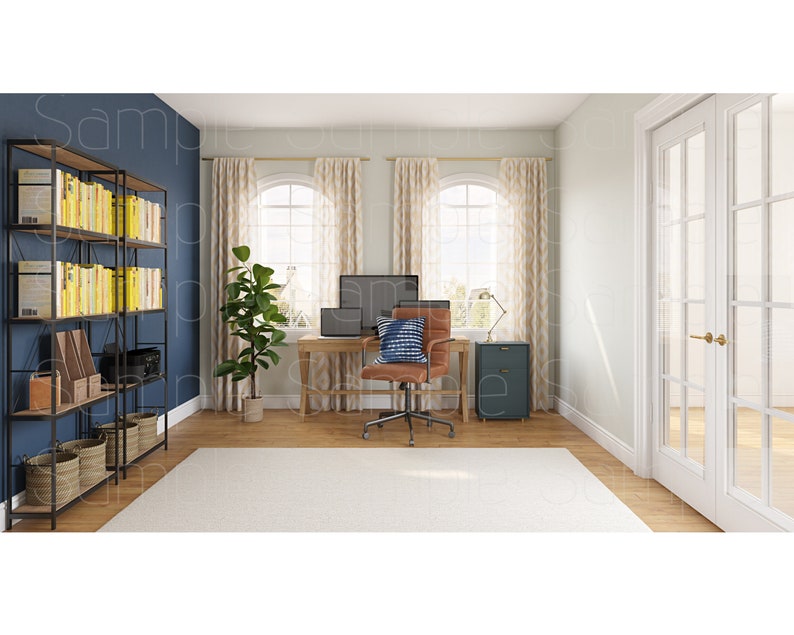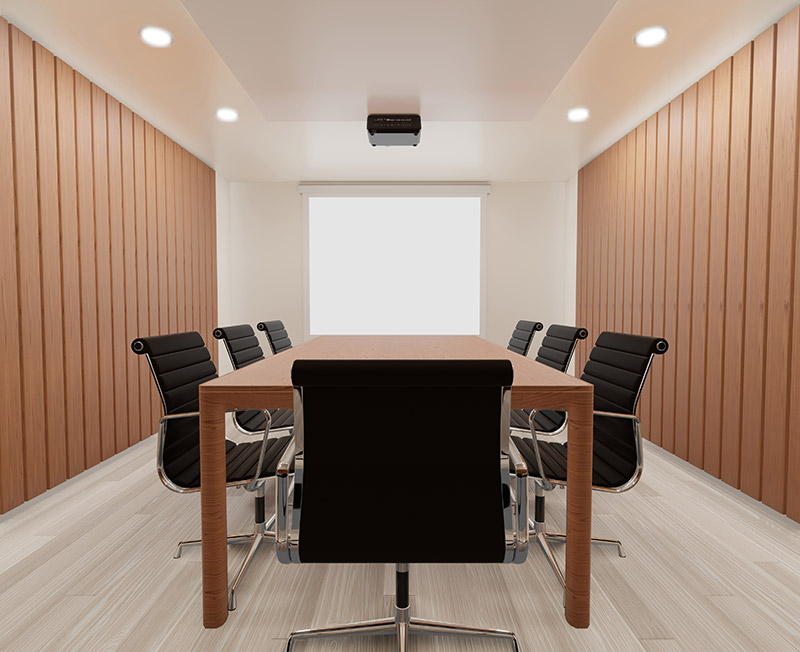

Fig trees are architecturally beautiful, but can make it look like something’s sprouting out of your head or arm if it’s behind you. Most of these suggestions (I’m not sure about the bed sheet) make sense depending on the space and lighting but the most elemental cinematographer’s rule is keep it simple, clean, and compelling. There’s been a spate of stories recently about the former, including adding plants, peel and stick wallpaper, and shoji screens to your home office, or even hanging a bedsheet on the wall to mimic a photographer’s studio. The background on any Zoom call is critical for two reasons: visual and personal. And sharing too much personal information Gettyīackground. Never a good Zoom look.Īlways look at your background first. Note to self: Avoid direct overhead can lights and ceiling fan lights, which are the most common in every room in every house, since they cast a harsh downward glare that accentuates horizontal shadows like forehead wrinkles, bags under your eyes, and bad hair days.

Once you find a lighting scheme (or two or three) that works for you you’ll be able to replicate it in seconds before each Zoom call. Try setting up in a corner of a room where you have windows on either side just out of view and watch how they counterbalance each other to create virtually no shadows at all.Įxperiment. Indirect window light on a bright overcast day produces some of the softest shadows and best highlights without the need for any supplemental lamp lighting. Use natural light through a window whenever possible since nature still creates the best light of all. Move the lamps closer and farther away from you, which will increase and decrease their intensity respectively. Try experimenting with taking the lamp shades off as well, which will create a harder, more directional light with bolder shadows. A couple of floor lamps and side table lights pushed around you out of screen view, elevated on stacks of books, can quickly mimic a professional photography studio. You don’t need a fancy Hollywood lighting designer to do this. Here’s a great video explaining how to set one up yourself at home. The most basic, tried and true set up is the classic three-point light scheme consisting of a primary, or key, light-typically set up in front of you at a 45-70 degree angle, angled down slightly-a secondary fill light on the opposite side in front of you to soften the shadows of the primary light, and a backlight to separate you from the background (this is often also called a “rim light”).


 0 kommentar(er)
0 kommentar(er)
